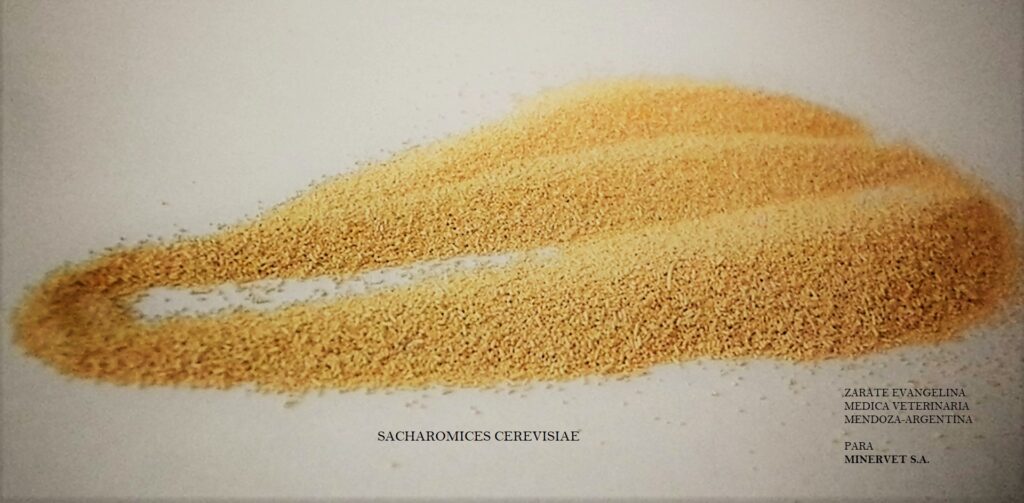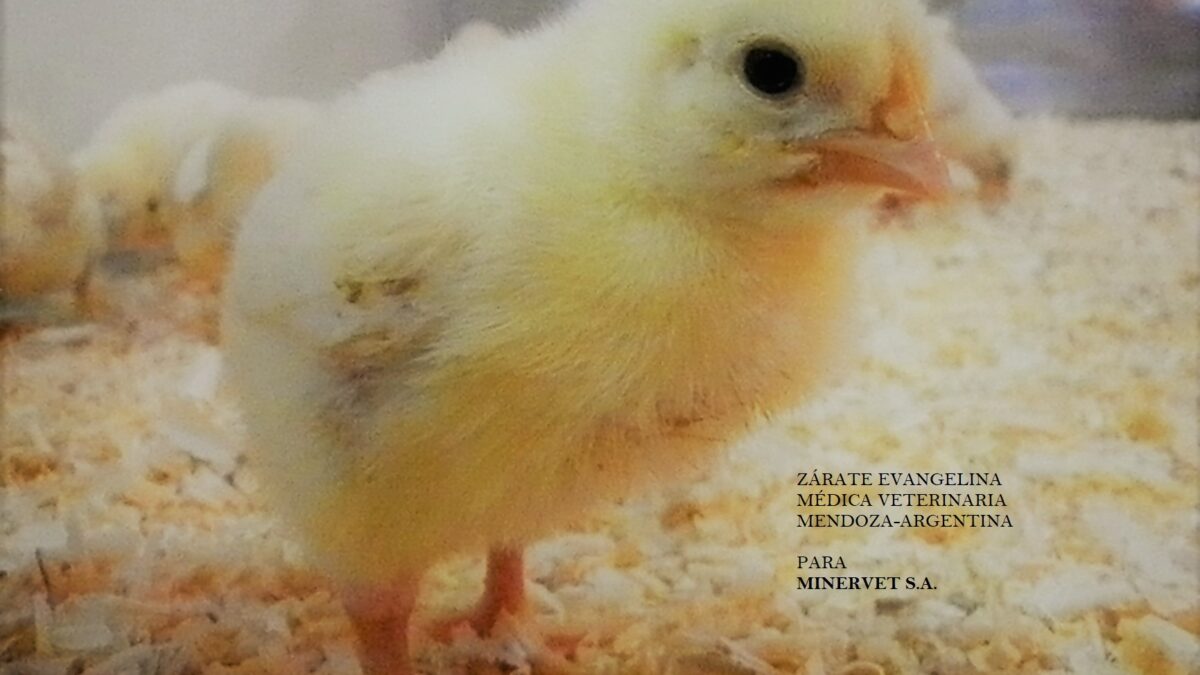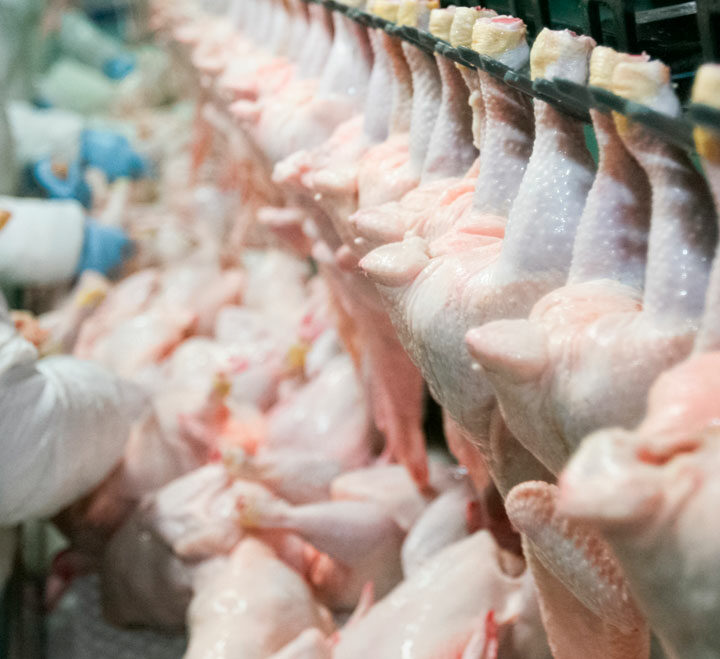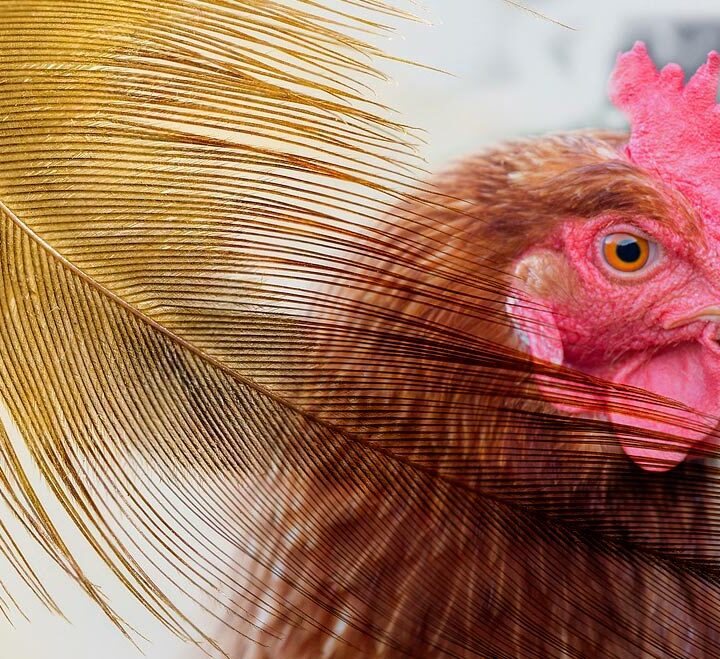
Minervet SA and ZURICH INTERNATIONAL signed safety labor agreement
15 de May de 2018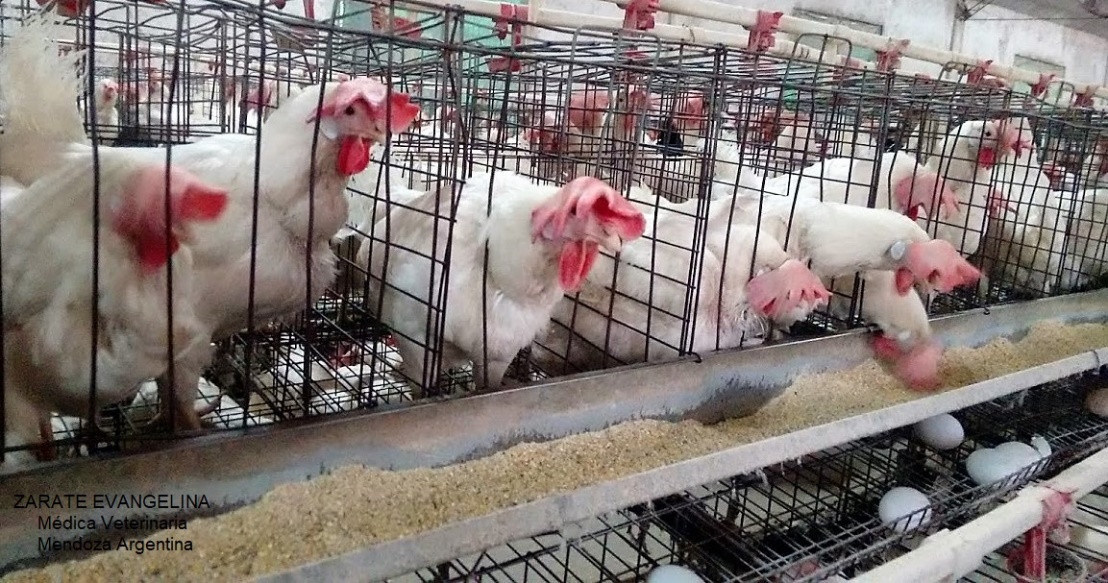
Deficiencies in the quality of the eggshell, possible causes and solutions
27 de July de 2018The use of probiotics, prebiotics and symbiotics as additives in the diet of humans and animals has been applied for many years. The beneficial effects of these have been widely studied and the action applied to various levels in the organism is proven.
Probiotics stimulate digestion and help to maintain microbial balance in the intestine of animals, actions that counteract the stress derived from changes in diets, detrimental handling conditions and the attack of pathogens (Kornegay et al., 1995; Anderson et al., 1999).
Yeasts are used as probiotics thanks to their multiple functions:
- They work as probiotics or prebiotics (MOS).
- They produce minerals (in the case of strains rich in Se and Cr), vitamins and enzymes.
- Improve food efficiency.
- Improve the absorption of nutrients.
- Eliminate and control intestinal microorganisms that produce subclinical and clinical diseases.
- Stimulate non-specific and specific immunity in the intestine.
I – The supplementation of yeasts to monogastric shows multiple benefits that are related to the effects they exert on the digestive system and immune system, among others.
- –S. Cerevisiae has produced an increase in the activities of disaccharidases, sucrases, lactases and maltases in the membrane of the microvilli. This activity is mediated by the endoluminal release of polyamides produced by live yeast (Buts et al., 1994).
- The production of oligosaccharides, such as mannose, derived from the cell wall in S. cerevisiae has been shown to be a means to improve health. MOS (mannan-oligo saccharides) block the adherence of certain bacteria to the intestinal wall. When pathogens are bound to the cell wall of the yeast a protective effect is induced since the S. cerevisiae-pathogen complex is rapidly eliminated from the digestive tract (Gedek 1989).
- The yeasts also act by inducing the immune system through various mechanisms associated with the presence of glucans (β-1-3-D-glucose chains linked to side chain β-1-6) that act on the inflammatory responses and the system endothelial reticulum.
- Enteropathogens such as Salmonella typhimurium and Shigella flexneri are affected in the presence of S. cerevisiae demonstrating a reduction in the secretion of toxins and adhesion sites. Some strains of S. cerevisiae can excrete a serine protease that hydrolyses Clostridium difficile toxin A; it also inhibits the adhesion of this toxin to its receptor on the surface of the microvillus (Castagliulo et al., 1996).
II – Its use in ruminants also shows benefits. A stimulation of the ruminal activity, the consumption of food and water and improvements in the final yield are observed. This effect is exerted thanks to the stimulation in protein synthesis with increased microbial protein flow of the rumen.
Therefore, the incorporation of yeasts with diverse actions in the organism has shown clear improvements in the productive indexes.
In this article we refer to the actions of S. cerevisiae but there are other genera of probiotic cultures with known benefits.
The technology applied by the manufacturers must ensure the stability and viability of the probiotic culture in its passage through the digestive tract so that the effects expected by the client are an accomplished fact.
Minervet S.A. has at your disposal different lines of additives for use in animal production. Within the MINERAL line, AISEN PLUS has the benefits of a broad spectrum mycotoxin binder with the addition of the live yeast S. cerevisiae that collaborates with the processes of cell regeneration, nutrient absorption and pathogen control.
